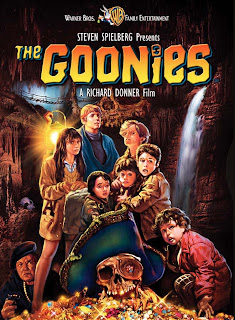Overall Gartner says that the IaaS and SaaS are more mature markets than PaaS which is still evolving. That article also says that they estimate the total cloud market to be $130 Billion! That sounds exceptional but reading further they estimate that half (48%) of that is online advertising and 28% is Business Processing as a Service. They further estimate SaaS at 14.7%, IaaS at 5.5%, management and security services at 2.8% and PaaS at one percent. So in money this would translate to $20 Billion on SaaS, $6 Billion on IaaS and $0.5 Billion on PaaS.
 It is also expected that IaaS will grow fastest of the next year, but that PaaS will dominate growth further into the future.
It is also expected that IaaS will grow fastest of the next year, but that PaaS will dominate growth further into the future.The overall market leader is of course Amazon. In Gartners Magic Quadrant of cloud providers Amazon is both market and thought leader excelling in both vision and ability to execute. At the moment it is hard to see who can seriously challenge their position.
In a study by Synergy they find that Amazon has a market share of 36% in the IaaS segment, with IBM in second place after some acquisitions and British Telecom in third place. Salesforce is a clear market leader in the SaaS segment and has used that (and buying Heroku) to secure a leading position also in the PaaS segment. But Amazon is growing rapidly into this segment as well with their Elastic Beanstalk. Microsofts Azure platform is also a contender, but as we can see in the graph, the market is much more open than in the other segments and the market shares are smaller for the leaders.
I'm going to look at IaaS and PaaS providers to see what they offer and possibly at price points, but which clouds should I look at? Here are my IaaS candidates so far:
Amazon, of course.
Azure
IBM
Rackspace
Joyent
Oracle
Redhat
GoGrid
Cloud Provider
Savvis
And these are the PaaS candidates:
Amazons Elastic Beanstalk and Simple Workflow Service
Force.com, Salesforces cloud including Heroku
Google App Engine
Azure
VMware
Engine Yard
CloudBees
Intuit
AppFog
Some sources:


